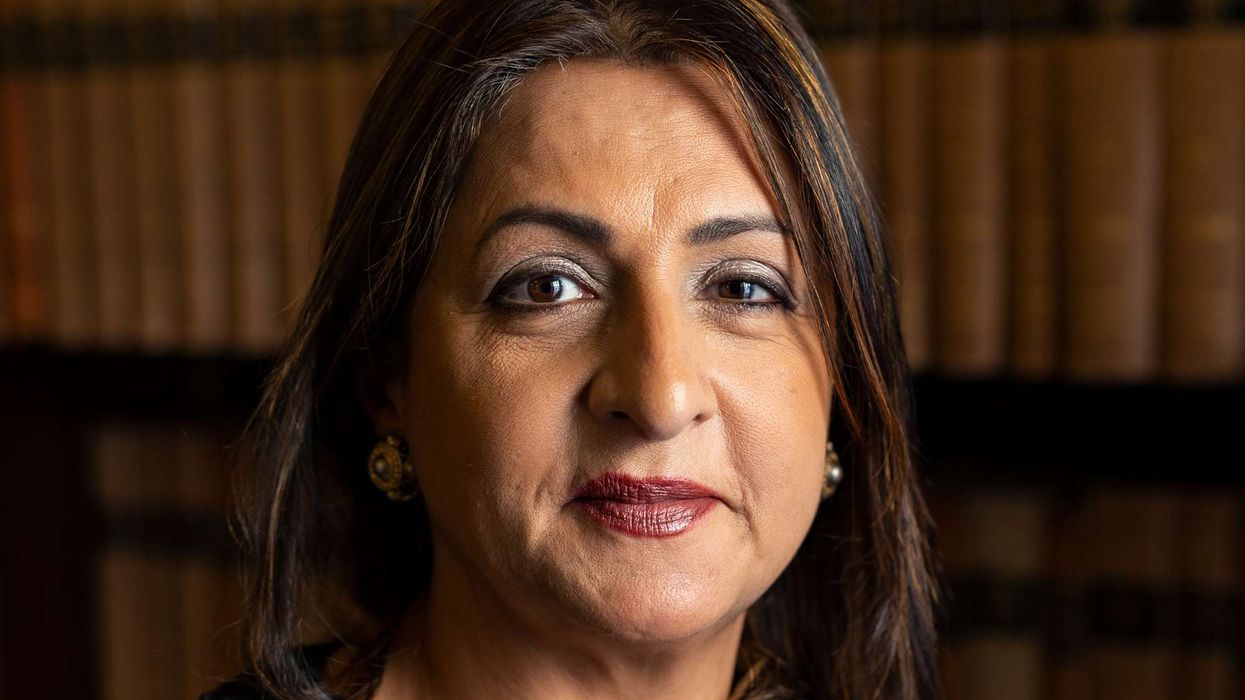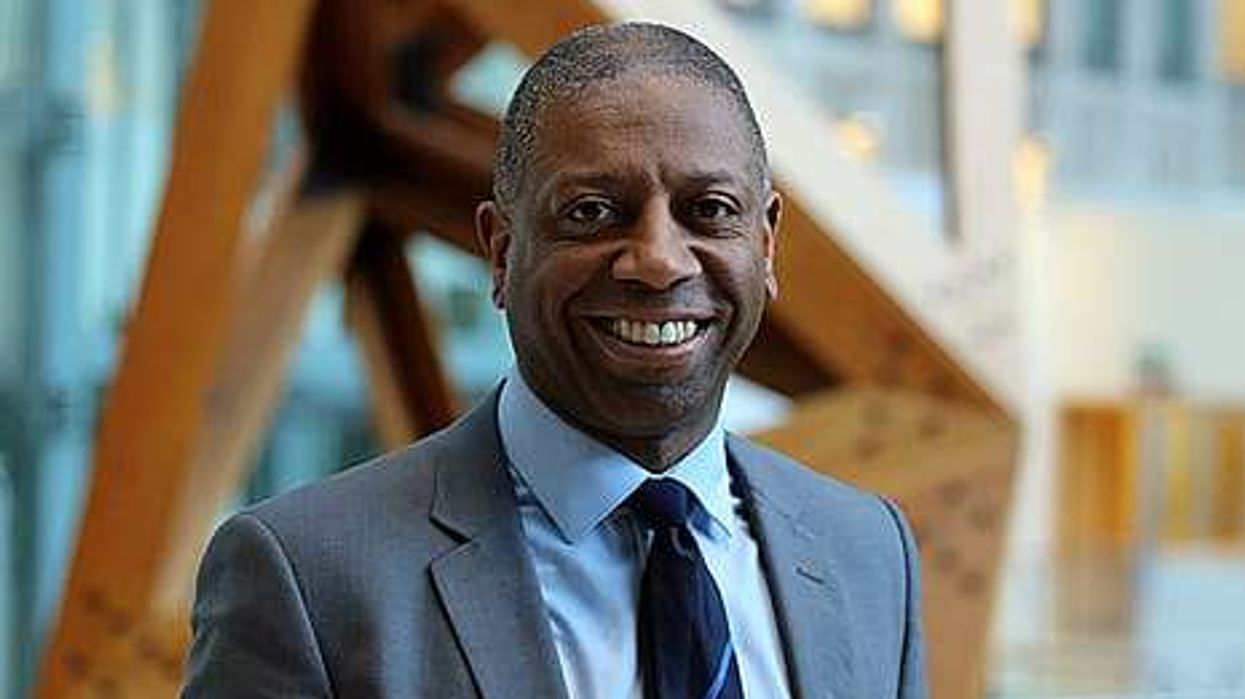KASHMIRI handicrafts are prized across the globe for their craftsmanship and elegance. No visit to Jammu and Kashmir is considered complete without purchasing either a shawl or a papier mache product that imbibes the magic of the region.
Trade in handicrafts is also a major source of income for families in this region. According to official figures, there are nearly 250,000 artisans who are directly dependent upon handicrafts in the region for their livelihood.
Kashmir carpets are considered a lifetime investment. Made from both wool and silk and featuring Persian design, shoppers are given a selection range from the simple to the most extraordinarily intricate patterns handed down the generations. These handmade, hand-knotted carpets and rugs are available in an astonishing collection of diverse colours. Silken carpets are a speciality of the region.
The origin of hand knotted carpets, locally known as Kal baffi, dates back to 15th century. It is said that Sultan Zain-ul-Abidin brought carpet weavers from Persia and central Asia in to Kashmir to train the local inhabitants.
During the mid-18th century, carpets with Mughal designs were displayed at the Crystal Palace exhibition in London, which helped increase its popularity overseas. Most of the carpet designs are tilted towards Persian designs.
Namdas, rugs or mattresses that are less costly then carpets, are also popular in the valley and they are usually made up of cotton and woollen fiber.
Another popular item from the region are shawls. It is said that “of all Indian textiles none excels in beauty, colour, texture and design as the famous Kashmir Shawl”.
The Kashmiri shawls are of three different types – Shah Tush, Pashmina and Raffal. Shah Tush is also known as Ring Shawl as it passes through a ring. It comes from a rare Tibetan antelope living at a height of over 14000 ft in the wilds of the Himalayas.
Pashmina is known world over as cashmere wool, and these are embroidered with floral motifs.
For centuries, wealthy families in Kashmir have included fine pashmina shawls as part of their daughter’s wedding gift.
Raffal is spun out of marino wool tops.
Papier mache is yet another famous handicraft of Kashmiris and is known for its decorative flower and bird designs. These designs are a reflection of Mughal art that was favoured by the Mughal emperors of the 15th and 16th century.
Products include flower vases, wall plaques, bowls, ashtrays, screens, jewellery boxes and mirror frames, which are perfect gifting items.
The tradition of the Kashmir papier mache, too, has its origin rooted in the 15th century when king Zainul-Abidin invited accomplished artists and craftsmen from Central Asia.
Kashmiris also use the willow rushes that grow plentifully in marshes and lakes in the region to make baskets and other charmingly quaint objects. The Hazratbal area of Srinagar city is famous for this work.
Khatumbandh is another art of Kashmir, and it involves the art of making ceiling with small pieces of wood that are fitted into each other. Fir wood is used to make the khatumbandh, as it is very light compared to other hardwoods.
In the early days, khatambandh was used only in shrines, palaces, houseboats and royal houses. But it’s quite common these days, and even households feature ceilings with khatumbandh art. There are multiple stories about the origin of khatambandh art. While some say Mirza Hyder Tughlaq brought it to Kashmir in 1541, others credit Shah Hamadani for the art’s popularity in the valley. The saint visited the valley in the 14th century, and his entourage included artists familiar with the artwork. They passed it on to the people of Kashmir, some say.
Although there are more than 160 designs for the khatamband in Kashmir, today’s artists can only reproduce about 100.
The popularity of this geometrical ceiling has even spread to far off places such as Australia, USA and other European countries.
The shrine of Shah Hamadani in Srinagar has the most complex khatambandh art installation.
Another art form that has been popularised by a town in Jammu’s Kathua district is Basohli painting. Basali is located in the foothills of Shivalik mountains, and in the late 17th century, the town emerged as a great centre of painting. Miniatures of these paintings are today available in the region. Copperware and silverware are also popular in the valley.











